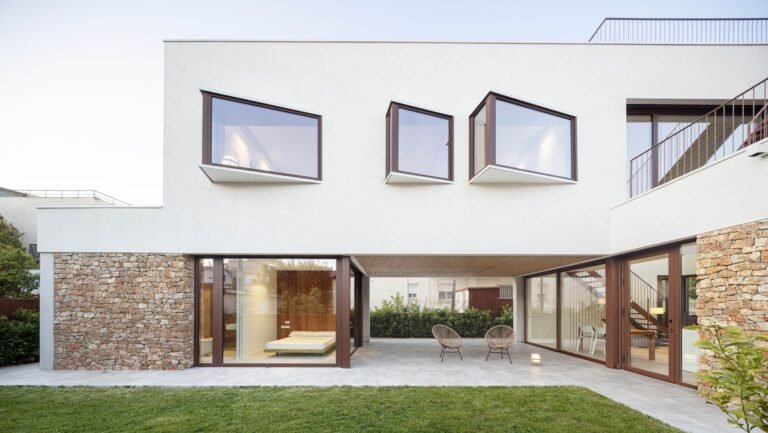Introducing The Architectural League’s 2022 Rising Voices awardees
The Architectural League of New York has revealed the 2022 class of Emerging Voices.
Held annually since 1982, Emerging Voices is an invited, juried portfolio competition spotlighting eight nascent practices and individuals based in the United States, Mexico, and Canada that possess “distinct design voices and the potential to influence the disciplines of architecture, landscape design, and urbanism,” per The Architectural League. To date, the prestigious award has been bestowed to over 300 design practitioners and educators who have made singular contributions to the built environment while addressing larger social themes of the day. Past winners include Thom Mayne and Michael Rotondi (1983), Toshiko Mori (1992), James Corner (2001), Eric Höweler & Meejin Yoon (2007), Tatiana Bilbao (2010), Jing Liu and Florian Idenburg (2013), Chris Leong and Dominic Leong (2017), Fernanda Canales (2018), and Olalekan Jeyifous (2020).
Representing cities spanning from Chicago to Charlotte to Cambridge and beyond, this year’s Emerging Voices were selected as part of a two-stage review process from a pool of 50 entrants by an eight-person jury composed of design professionals based across North America including, as is tradition, several previous winners. Joining Architectural League president Paul Lewis on this year’s jury were Ersela Kripa, El Paso, Texas; Zach Mortice, Chicago; Marc Neveu, Tempe, Arizona; Rashida Ng, Philadelphia; Chelina Odbert, Los Angeles; Susan Scott, Vancouver, British Columbia; Saidee Springall, Mexico City, and Sara Zewde, New York City.
“I would say that I am very happy with the winning firms,” Kripa relayed to AN. (Kripa is a 2018 Emerging Voices awardee alongside Stephen Mueller, her co-founding partner at AGENCY Architecture.)
“They expand the bounds of architectural practice towards inclusive and truly accessible work within communities,” Kripa added. “They all share a sense of ethical duty, which should guide the discipline in every form.”
In the coming days, AN will publish a series of standalone profiles of each of this year’s eight newly-minted Emerging Voices. And kicking off on March 10 is The Architectural League’s complementary Emerging Voices lecture series. Held virtually via Zoom on Thursday evenings, the free and open-to-the-public series concludes on March 31.
Until then, AN is pleased to present the 2022 Emerging Voices awardees complete with brief descriptions of their work as provided by The Architectural League:
Azra Akšamija
MIT Future Heritage Lab | Cambridge, Massachusetts
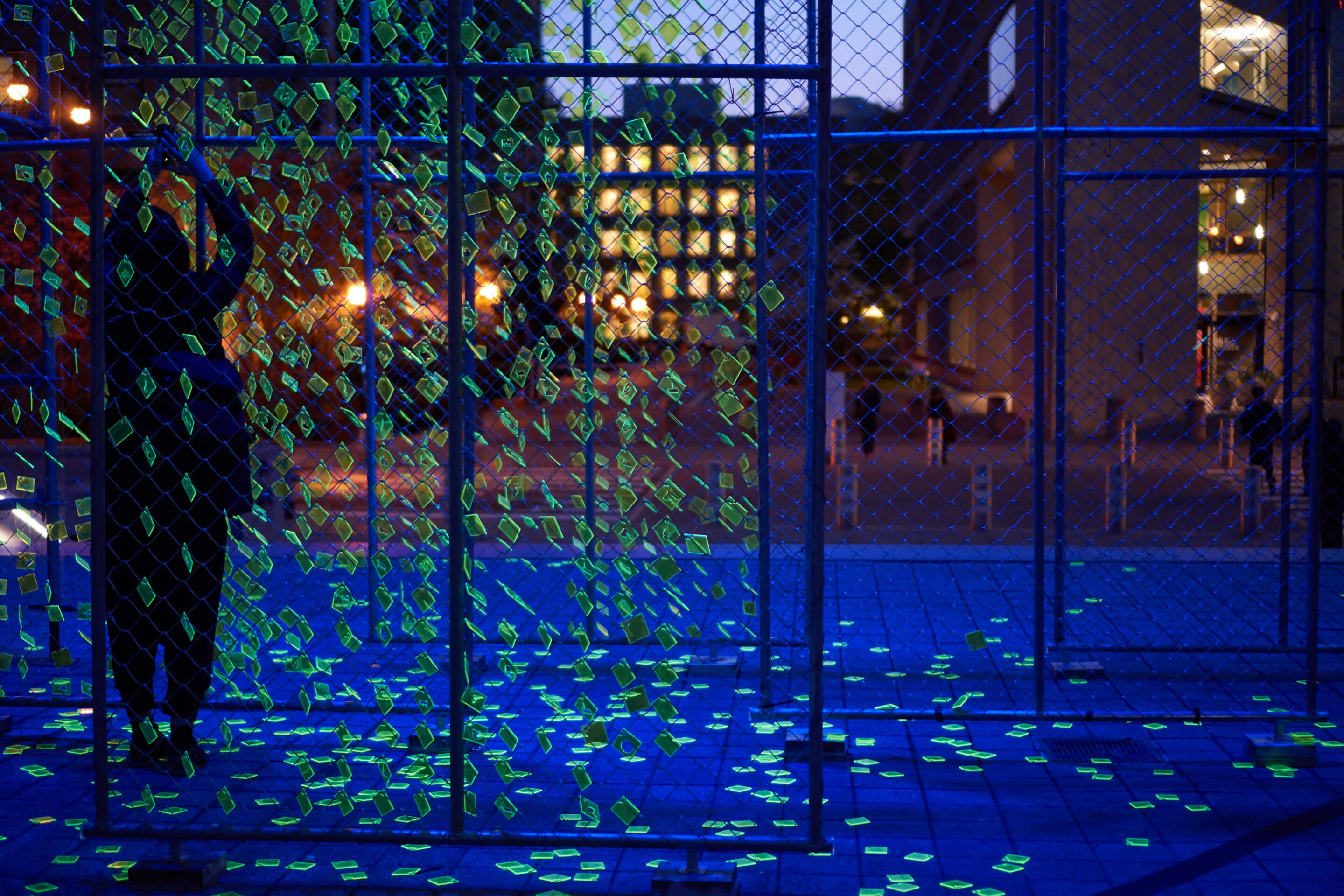
Azra Akšamija is the founding director of MIT Future Heritage Lab, an art, education, and preservation lab based in Cambridge, Massachusetts. Akšamija’s work explores “[the] destruction of cultural infrastructures within the context of conflict, migration, and forced displacement,” according to her website. Through textiles, photography, design, animation, and writing, she develops “resistant infrastructures” that aim to challenge social incongruities and improve the lives of communities under threat. Akšamija is an associate professor in the MIT Department of Architecture, where she directs the Art, Culture and Technology Program.
Paola Aguirre Serrano, Dennis Milam
Borderless Studio | Chicago
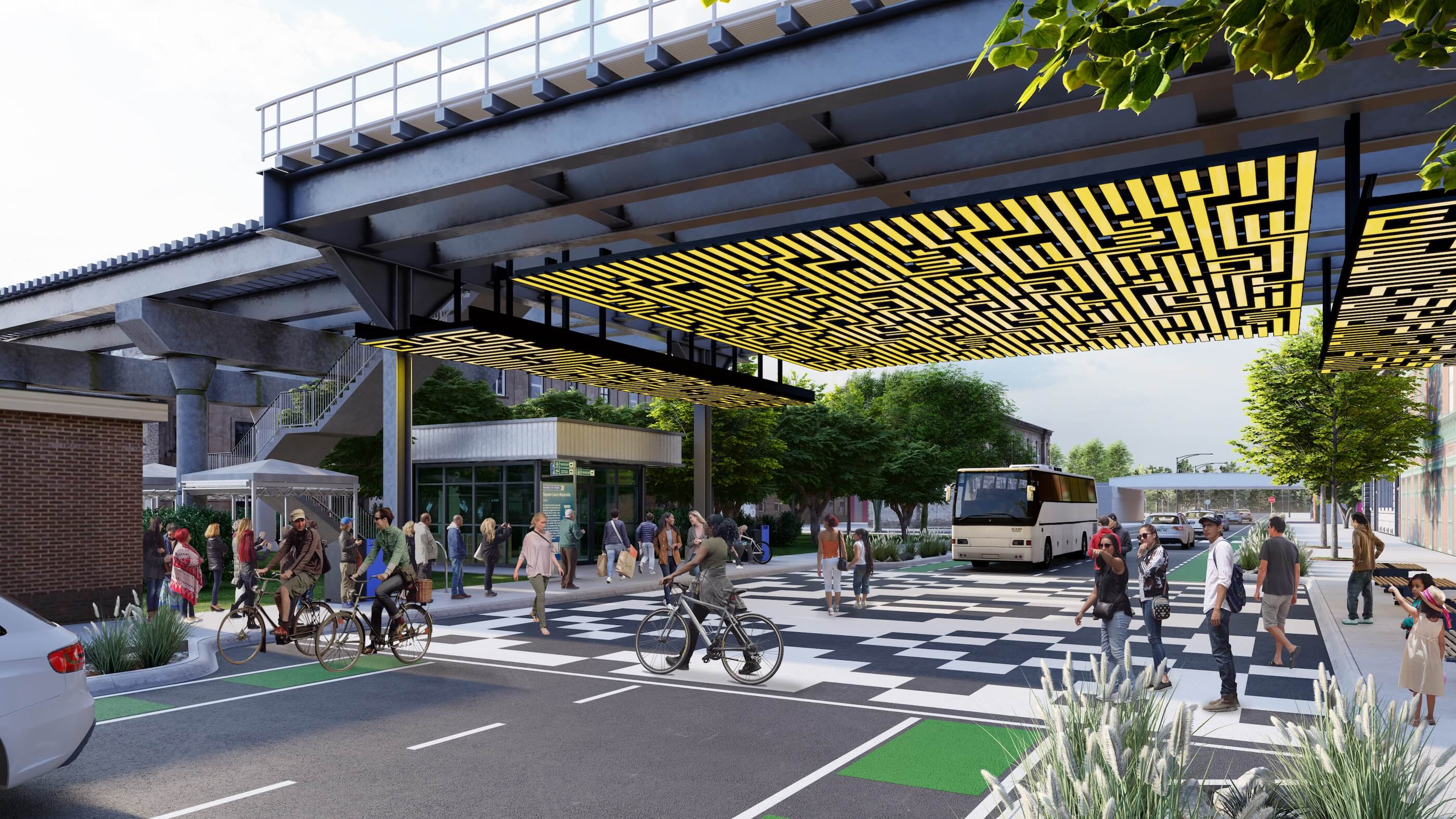
Borderless Studio is a design and research practice based in Chicago and San Antonio. The studio describes its focus as “connecting communities to design processes and cultivating collaborative design agency through interdisciplinary projects.” In partnership with local stakeholders, Borderless designs and enacts a wide range of urban interventions that aim to promote spatial justice and equity. Recent projects include Creative Grounds, a series of collaborative activation projects at a former elementary school in the Chicago neighborhood of Bronzeville, and Buena Vida Choice Neighborhood Plan, a transformative neighborhood plan for a 1940s-era public housing site in Brownsville, Texas.
Jorge Arvizu, Ignacio del Río, Emmanuel Ramírez, Diego Ricalde
Estudio MMX | Mexico City
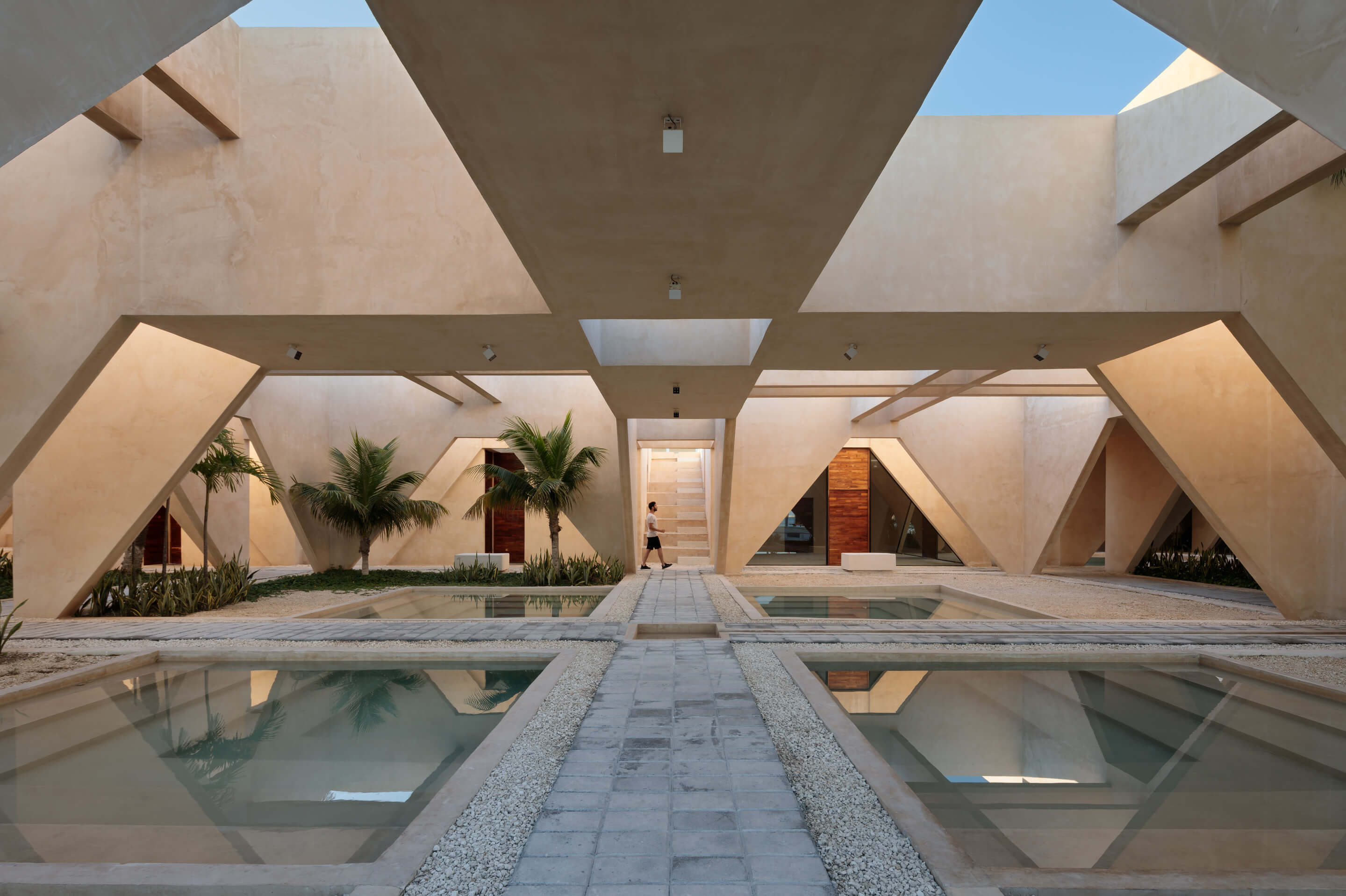
Estudio MMX is a Mexico City-based design practice founded in 2010 by Jorge Arvizu, Ignacio del Río, Emmanuel Ramírez, and Diego Ricalde. In its own words, the studio interrogates “the processes of generating public and private spaces, the definition of the limits between interior and exterior, and the ambivalence implicit in these dichotomies.” Across its diverse range of projects, Estudio MMX prioritizes participatory design, vernacular tradition, and environmental integrity. Recent projects include Jojutla Central Gardens, a civic square in a community affected by the 2017 earthquake in Mexico, and Site Museum, a museum whose design blurs the boundaries between interior and exterior.
Felecia Davis
Felecia Davis Studio | State College, Pennsylvania
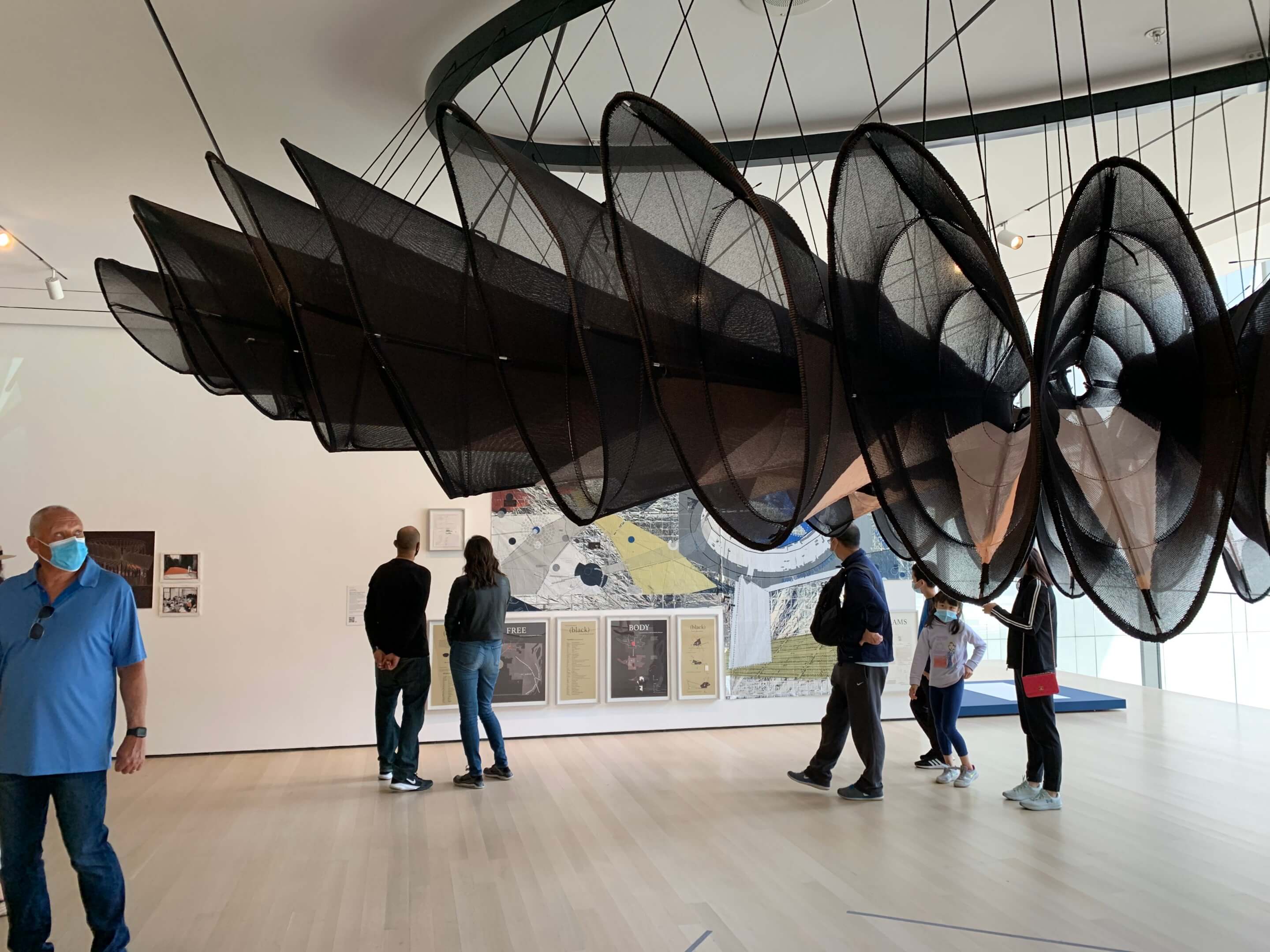
Felecia Davis is a researcher and designer focused on the possibilities of computational textiles: “textiles that respond to their environment via programming, embedded sensors, and electronics,” as Davis describes them. Through its varied experimentations with this form, her practice aims to reimagine the possibilities for textiles in architecture, both to achieve lighter-weight buildings and to communicate through fiber. Davis is an associate professor at the Stuckeman Center for Design Computing in the School of Architecture and Landscape Architecture at Pennsylvania State University and is the director of SOFTLAB@PSU. She is a founding member and an executive officer of the Black Reconstruction Collective.
Behnaz Assadi, Nima Javidi
JA Architecture Studio | Toronto
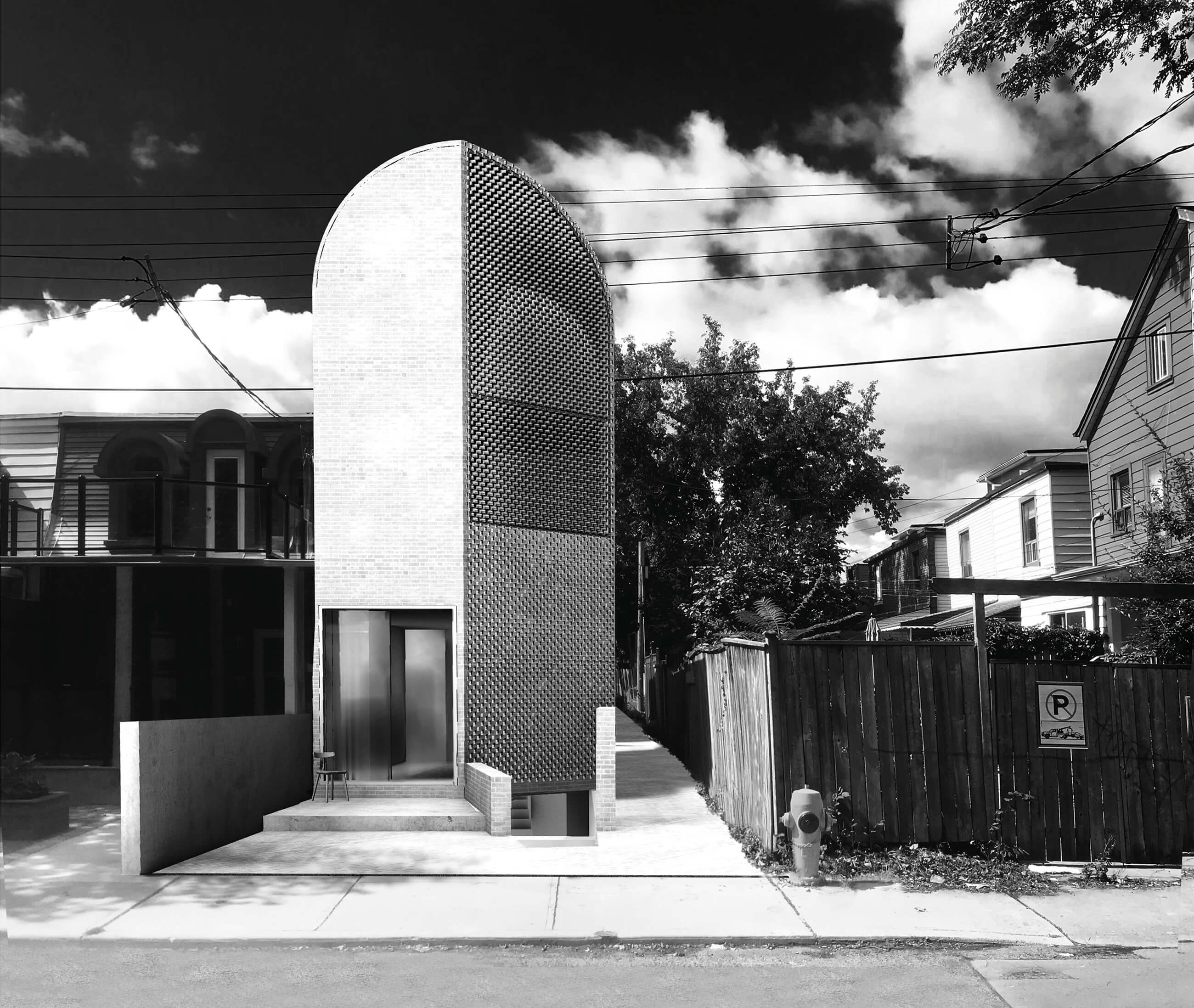
JA Architecture Studio is a Toronto-based practice led by Iranian-Canadian architects Behnaz Assadi and Nima Javidi. The studio’s work emphasizes light wood frame construction, geometric experimentation, and vernacular form. From the narrow plots of Toronto’s Queen West neighborhood to large-scale international design competitions, JA Architecture Studio employs a “one-to-one” process, defined by Assadi and Javidi as a design approach shaped through “the physical register of immigration, of being slightly off from the context that you aspire to fit within, struggle with, and eventually change.” Assadi is an assistant professor at the University of Toronto Faculty of Architecture, Landscape, and Design. Javidi is currently the Gwathmey Professor of Design at the Cooper Union.
Daniel Adams, Marie Law Adams
Landing Studio | Somerville, Massachusetts
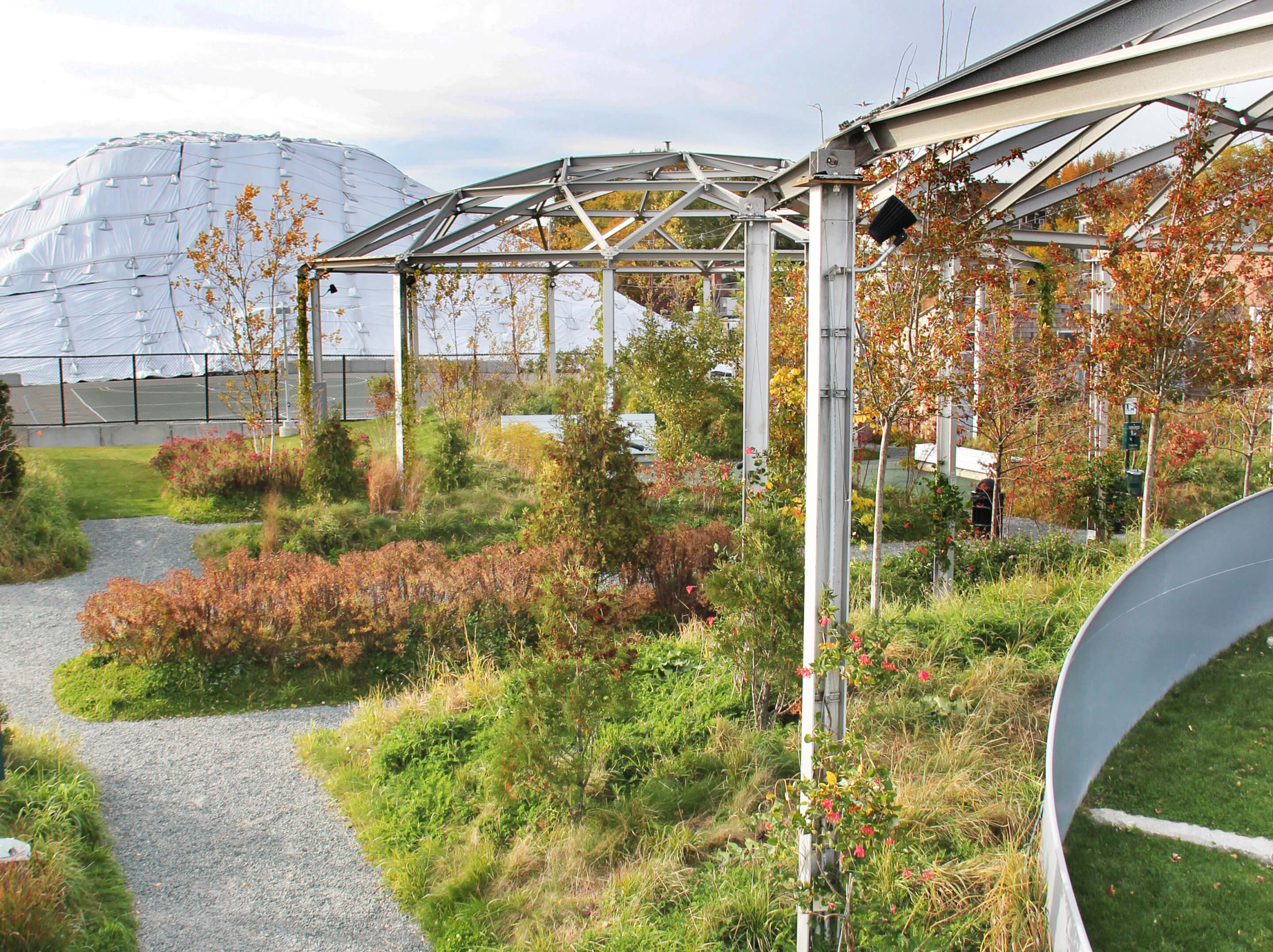
Landing Studio is a Massachusetts-based architecture and urban design practice. From marine docks to highway underpasses, the studio reimagines active industrial and infrastructural sites as accessible public spaces. It describes its work as “[leveraging] the unique scales and qualities of these spaces to bring spectacular, monumental, and delightful dimensions into the public realm.” Projects include The P.O.R.T., the conversion of a 13-million-gallon oil tank farm into a publicly accessible multi-use waterfront, and Marginal Street Community–Industry Seam, a redesign of the border between a heavy industrial waterfront and a high-density, low-income immigrant neighborhood. Daniel Adams is the director of the School of Architecture at Northeastern University. Marie Law Adams is a lecturer on urban design at MIT.
Sekou Cooke
sekou cooke STUDIO | Charlotte, North Carolina
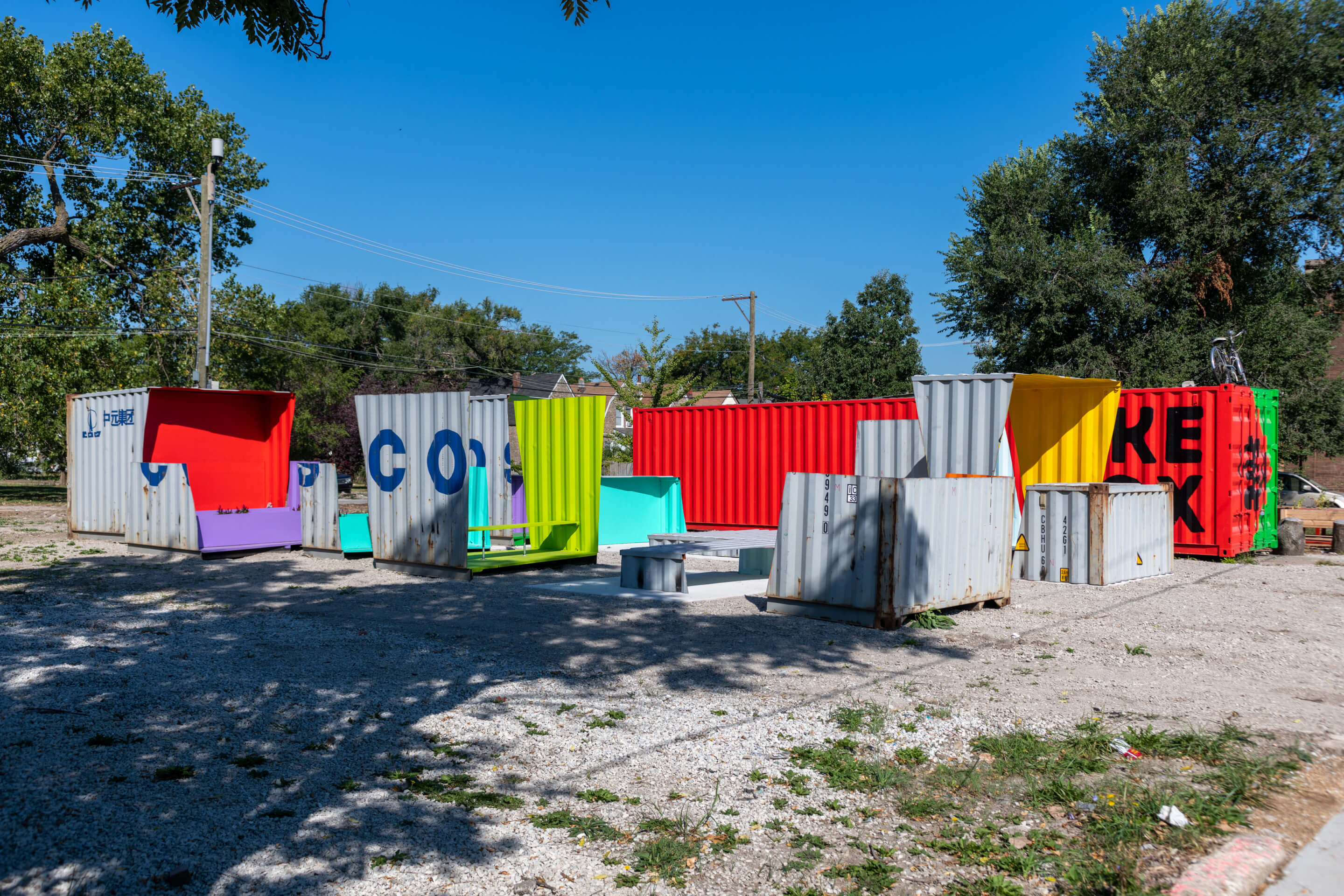
sekou cooke STUDIO is an architecture and urban design practice founded in 2008. In its own words, the studio is “centered on the exploration of Hip-Hop Architecture, an approach to contemporary design that embraces hip-hop culture and applies its shape, structure, and ideologies to the built environment.” The studio’s work includes public, nonprofit, and residential projects, as well as temporary installations and speculative designs. The studio’s founding principal Sekou Cooke is the director of the Master of Urban Design program at The University of North Carolina at Charlotte, the 2021/2022 Nasir Jones Hiphop Fellow at the Hutchins Center for African & African American Research at Harvard University, and a founding member of the Black Reconstruction Collective.
Tsz Yan Ng
Tsz Yan Ng Design | Ann Arbor, Michigan
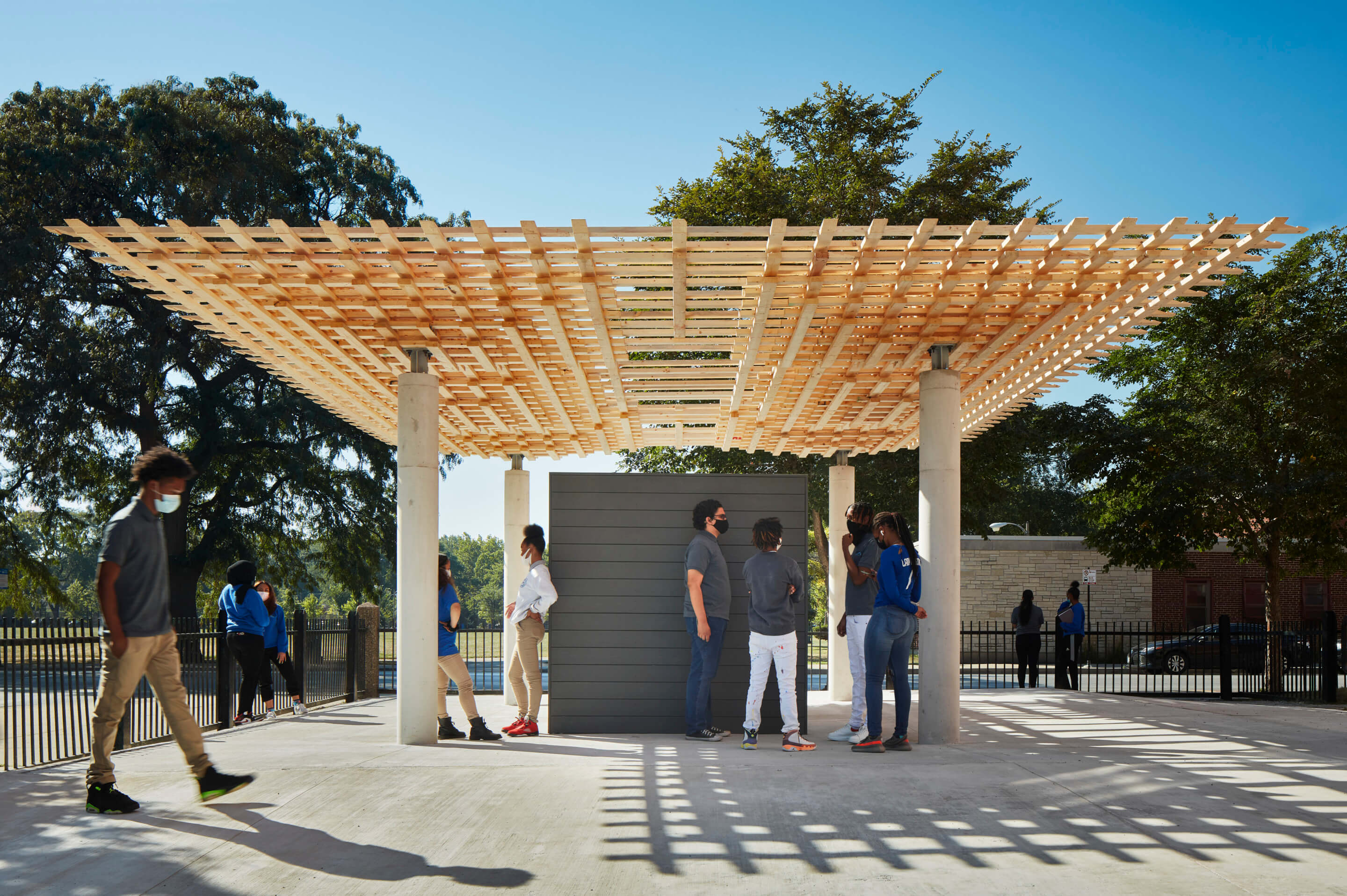
Tsz Yan Ng Design is a research and creative practice based in Ann Arbor, Michigan. Its work advances ‘“innovations that are not only more in tune with contemporary building processes, but are also aspirational in integrating socially, ethically, and environmentally driven imperatives,” in the words of its founder Tsz Yan Ng. Focused on experimentations with concrete and the intersections of clothing manufacturing and architecture, the practice interrogates the many facets and forms of labor in the R&D field. Projects include Thermoplastic Concrete Casting, an exploration of molding techniques for glass fiber reinforced concrete, and Robotic Needle Felting, a novel additive manufacturing technique for nonwoven textiles. Ng is an assistant professor at the University of Michigan’s Taubman College of Architecture and Urban Planning.

